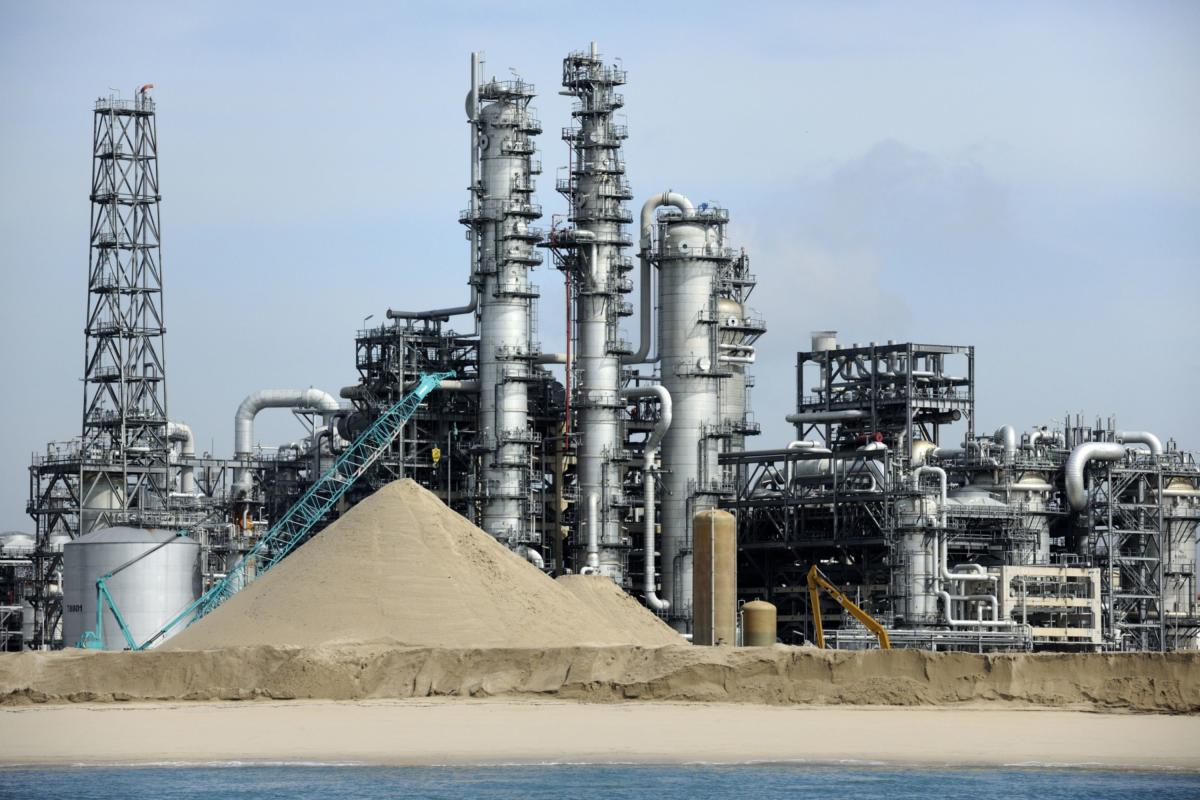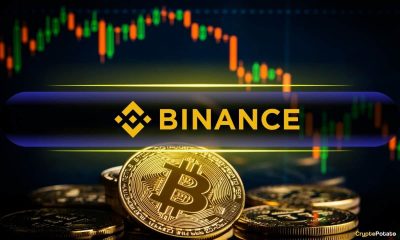Commodities
Oil from Russia is blended with other feedstocks in Singapore and exported to oil from Russia to Europe and the rest of the world

Oil from Russia is mixed with raw materials from other sources in Singapore and from there exports oil from Russia to Europe. As Bloomberg wrote, Moscow has found such a loophole for the supply of oil to circumvent sanctions.
According to the newspaper, the demand for oil storage tanks in the republic is rapidly increasing. Mixed oil is beneficial to everyone. Raw materials from Russia are mixed with supplies from other sources, and with the help of dilution it is possible to hide the origin of cargoes.
Bloomberg specified that the Singapore authorities have not banned imports of Russian oil, even though financial institutions are not allowed to cooperate with Russian goods and enterprises.
According to shipping company Vortexa Ltd. the Asian country’s terminals in December 2022 received twice as much Russian oil as in 2021. Singapore received 2.6 million barrels of oil – 40 times more than last year’s figure.
On the eve of Reuters, citing a report by a high-ranking source wrote that Russian oil refineries (refineries) expect a drop in production by 15% due to the European embargo on petroleum products, which will come into force on February 5.
Earlier we reported about the week ending with oil prices jumping 7-8%.
Commodities
Oil prices rise; U.S. crude inventories plunge, Russia-Ukraine truce eyed
Commodities
India’s Reliance to stop buying Venezuelan oil over US tariffs, sources say
Commodities
Oil prices climb on Venezuela supply worries

 Forex3 years ago
Forex3 years agoForex Today: the dollar is gaining strength amid gloomy sentiment at the start of the Fed’s week

 Forex3 years ago
Forex3 years agoUnbiased review of Pocket Option broker

 Forex3 years ago
Forex3 years agoDollar to pound sterling exchange rate today: Pound plummeted to its lowest since 1985

 Forex3 years ago
Forex3 years agoHow is the Australian dollar doing today?

 Cryptocurrency3 years ago
Cryptocurrency3 years agoWhat happened in the crypto market – current events today

 World3 years ago
World3 years agoWhy are modern video games an art form?

 Commodities3 years ago
Commodities3 years agoCopper continues to fall in price on expectations of lower demand in China

 Economy3 years ago
Economy3 years agoCrude oil tankers double in price due to EU anti-Russian sanctions

























